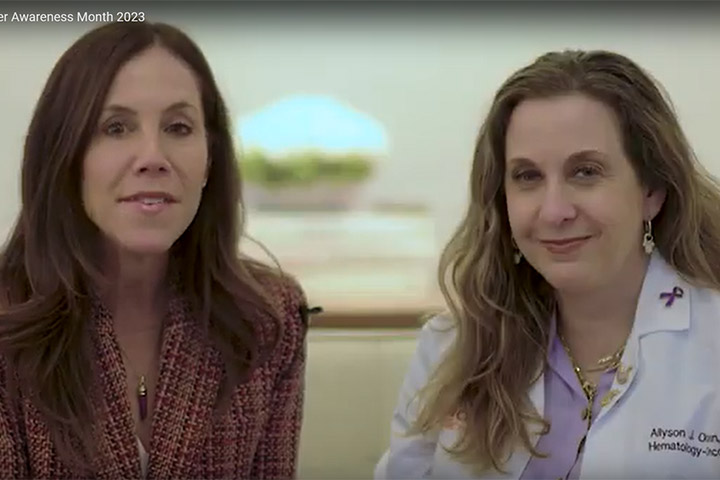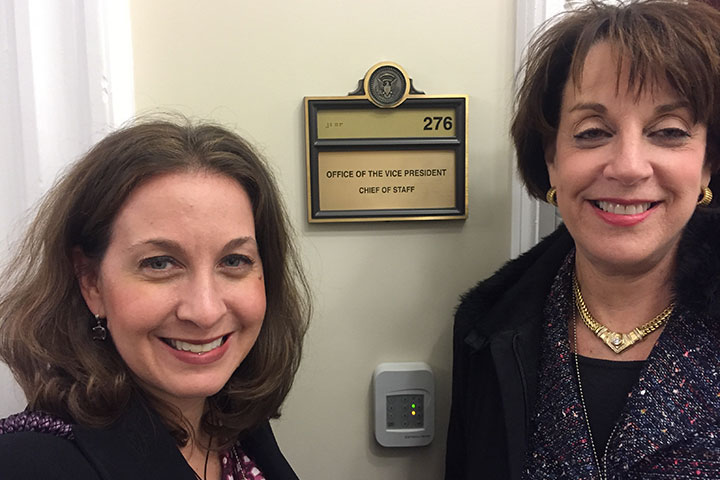Confused about COVID-19 Testing? What You Need to Know

One of the most prominent issues of the COVID-19 pandemic has been testing for the virus.
When the pandemic first hit the US, it was almost impossible to get a test. The availability of tests has slowly climbed, and now the test can be found almost everywhere. Here’s what you need to know about COVID-19 testing.
Types of Tests
There are two types of tests. The most common test tells whether you currently have COVID-19. This test is a molecular test that looks for the presence of the virus. Cells and fluid are collected from deep in your nasal cavity using a long cotton swab. Parts of the sample are amplified, to see if virus is present. There are also antigen tests, which look for the presence of the viral proteins that would indicate that antibodies are being produced. This type of test is less sensitive than the molecular test. There are also saliva-based tests on the market as well, but again, these are not as reliable.
The second type is the serological test. You provide a blood sample which is checked for antibodies that indicate you had the virus. If the serological test shows that you have antibodies to the coronavirus, you have developed some immunity to it—at least temporarily.
The two tests have different uses. If you are an essential worker and have been exposed to a lot of different people, you probably want to know if you have COVID-19 and just aren’t displaying any symptoms. That’s why many essential workers get a swab test.
But let’s say you had many of COVID-19’s symptoms in the early part of 2020, but you were never tested and feel just fine now. You might benefit from an antibody test.
I Heard That the Swab Test Is Miserable
The swab test usually involves inserting a long swab into the back of the nasal passage and rotating it. First it’s done in one nostril and then the other. Although uncomfortable, it’s pretty quick. And depending on the manufacturer of the test—and there are plenty now—you can get results in minutes.
What About Accuracy?
Let’s face it—no test is 100 percent reliable. You might get a false negative, for example, if the time when you were exposed to the virus and the time you get a test is out of kilter. In other words, you may have it, but it’s not detectable yet. But, generally, experts say get tested soon after a high-risk exposure. The message, usually, is don’t assume you are free and clear—you could be asymptomatic. Plus, assume that others could be infected too.
Where Can I Get a Test?
Although getting tested for COVID-19 was very limited at the start of the pandemic, now testing for the virus and the antibodies is widely available. Generally, you can get it at your doctor’s office, urgent care facilities, special drive-through testing sites set up by health systems or your county, and some drugstores. The FDA recently approved an at-home nasal swab test made by Quest Diagnostics.
So Can I Just Go Get a Test?
Although getting the test is easy, you cannot just show up. And a lot depends on where you live. For example, Los Angeles is providing free tests to all of its residents—even those that are asymptomatic. If you live in Kentucky or Tennessee or New Jersey, you can also get a test even if you don’t have symptoms. But other states, such as Ohio, are still limiting testing. The Ohio Department of Health emphasizes testing those who are most severely ill, or moderately ill with known risk factors, such as age or serious medical issues, as well as essential workers treating patients. But as more tests become available, people at lower risk will be able to be tested.
Overall it is becoming easier for all citizens to get a test. Your best bet is to talk to your doctor and check your local and county departments of health for information.
For right now, the CDC has listed the following tiers of priority:
- High priority includes hospitalized patients with symptoms, symptomatic healthcare workers and first responders, residents in long-term care facilities with symptoms, like prisons and shelters.
- Priority includes patients with symptoms of potential COVID-19 infection, such as fever, chills, cough, and more, patients without symptoms who are prioritized by health departments or clinicians, such as people who have been exposed.
Currently, the CDC says that most people who have contracted COVID-19 will only experience mild symptoms. They can simply recover at home in self-isolation and really don’t need to be tested. If you are concerned that you may have had it, talk to your doctor and decide whether you want an antibody test. Know that currently there simply isn’t enough information to say those antibodies are protective for life or even the short-term. In other words, researchers still don’t know if you can get reinfected. There is a lot of research going on to try to answer that question, among others.
Do I Need an Order From a Doctor to Get a Test?
That, too, depends on where you live. Every state has its own policies, so your best bet again is to check your county and state departments of health.
Remember, all information on COVID-19 changes rapidly as new information emerges. To keep up-to-date, check with the CDC, your local hospital system and doctor, and your state and county health departments.






